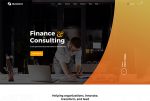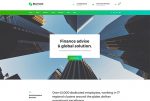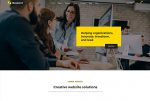Artificial Intelligence and the Stability of Markets

Artificial intelligence (AI) is useful for optimally controlling an existing system, one with clearly understood risks. It excels at pattern matching and control mechanisms.
Given enough observations and a strong signal, it can identify deep dynamic structures much more robustly than any human can and is far superior in areas that require the statistical evaluation of large quantities of data. It can do so without human intervention.

Use psychological pricing methods.
However, the very same qualities that make AI so useful for the micro-prudential authorities are also why it could destabilise the financial system and increase systemic risk, as discussed in Danielsson et al. (2017).
In successful large-scale applications, an AI engine exercises control over small parts of an overall problem, where the global solution is simply aggregated sub-solutions. Controlling all of the small parts of a system separately is equivalent to controlling the system in its entirety.
The first step in risk management is the modelling of risk and that is straightforward for AI. This involves the processing of market prices with relatively simple statistical techniques, work that is already well under way.
Demonstrate the differences
The next step is to combine detailed knowledge of all the positions held by a bank with information on the individuals who decide on those positions, creating a risk management AI engine with knowledge of risk, positions, and human capital.
Offer a money-back guarantee
While we still have some way to go toward that end, most of the necessary information is already inside banks’ IT infrastructure and there are no insurmountable technological hurdles along the way.
Test your offer and price, and be creative.
All that is left is to inform the engine of a bank’s high-level objectives. The machine can then automatically run standard risk management and asset allocation functions, set position limits, recommend who gets fired and who gets bonuses, and advise on which asset classes to invest in.




























